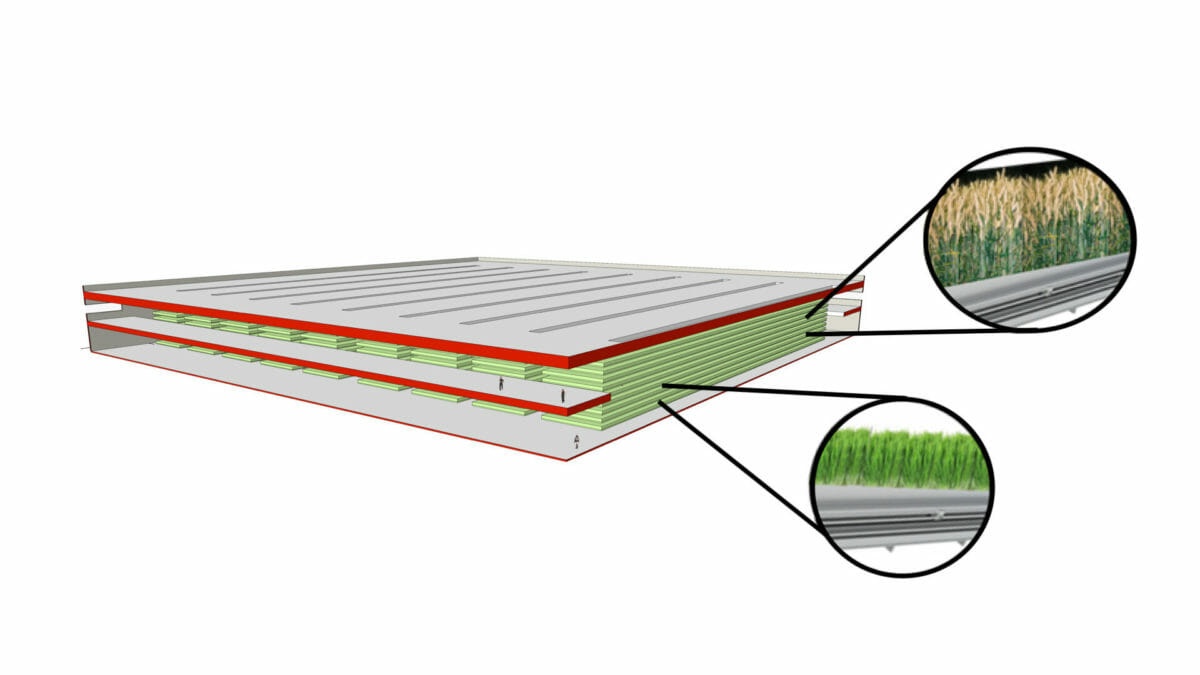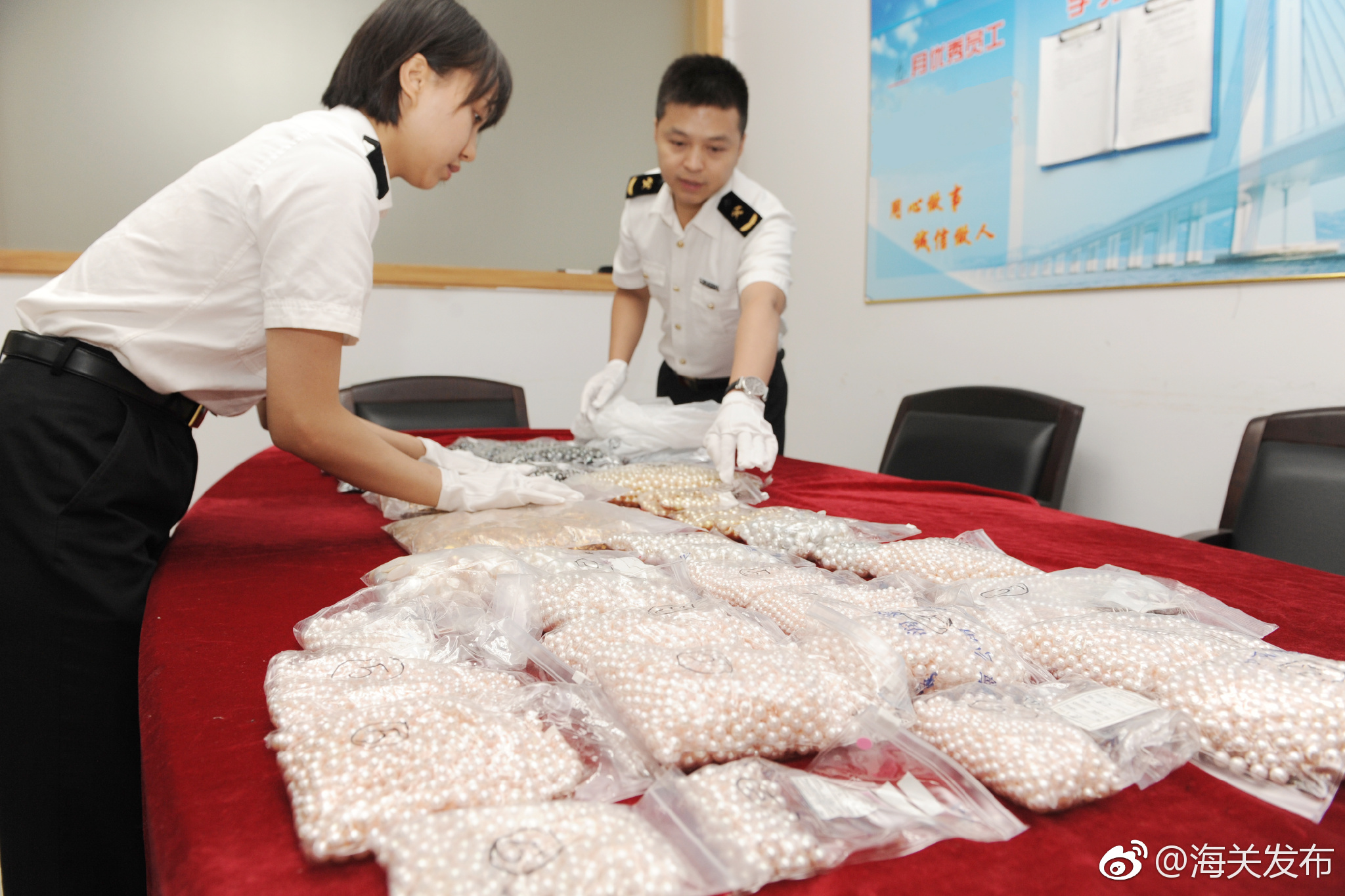Is the Future of Wheat Farming Inside and Up?
Future wheat farmers might ditch their rolling fields for indoor facilities filled with bright lights,巴西彩票网 multi-storied structures and automated airflow.
In recent years, indoor vertical farms have been commonly used to grow vegetables such as lettuce, kale and microgreens. But little research has looked at how they might be used to grow staple crops until now.
A new study by scientists at the University of Florida compares the yields of growing wheat in a field with those of the crop grown in an indoor vertical farming. This method consists of growing food on sky-high stacked layers in shipping containers, tunnels, and warehouses using LED bulbs and hydroponic systems. The study, which was published in Proceedings of the National Academy of Sciences, shows that farmers can grow exponentially more wheat using indoor vertical farming than through the same amount of ground space in a field.
Using a crop simulation tool, researchers found that a 10-floor vertical farm, covering one hectare of ground space and operating under optimal conditions, was able to generate about 600 more times the yield than the average amount produced on one hectare of farmland. When they plugged in conditions for a 100-floor farm, the yield produced was 6,000 times more.

A section of a vertical wheat farm growing 10 layers of the crop from seeds to harvest. Credit: Gregory Kiss, Senthold Asseng, and Paul P.G. Gauthier
Scientists say that this method could be particularly useful for feeding the world’s growing population, which is expected to reach 10 billion by 2050. According to the FAO, wheat is the most widely grown crop in the world, representing 20 percent of people’s daily protein and food calories. And in recent years, experts say global production has not satisfied demand, triggering price instability and unrest.
Senthold Asseng, the lead author of the study and a professor of crop systems modelling, says indoor vertical farming will also deter farmers from clearing forests for agriculture. He adds that hydroponic methods use 90 percent less water and that housing crops indoors also eliminates the need for using herbicides or pesticides linked to environmental issues and human health risks.
“There is opportunity to grow huge crops and at the same time address the issue of environmental degradation,” Asseng says. “We need to nurture our environment because it’s the only environment we have.”
Despite the potential of growing wheat indoors, Asseng says there are barriers that will likely prevent many wheat farmers from choosing to use the method. These include the energy costs associated with powering an indoor facility.
But Asseng says the environmental benefit of indoor vertical farming could attract governments that are already subsidizing conventional agriculture to put some funding towards growing staple foods indoors.
“Many countries spend a lot of money on agriculture subsidies to keep agriculture production going. It might not always be the right way to consider the economics if it comes down to survival and stability,” he says. “Here is a new way of doing agriculture that will be really good for the environment.”
(责任编辑:焦点)
- ·USDA to Set Up ‘Pop
- ·Rocket Lab flies rocket with pre
- ·The controversial energy technology that may save or doom us
- ·Google will charge $30 per user for AI in Gmail and Meet
- ·The Afterlife of a Coup
- ·SpaceX Falcon 9 rocket lifts 13 military satellites to orbit
- ·SpaceX performs successful engine test on Starship Booster 9
- ·North Korea Tested Underwater Nuclear Drone
- ·Christopher Logue, 1926
- ·Woman Shooter Kills 6 Including 3 Children in Nashville School
- ·Invasive Plant Species Still Widely Available Despite Ecological Consequences
- ·Pennsylvanian Factory Explosion Death Toll Climbs to 7
- ·US Army's new fridge
- ·Australian Man Unearths Massive Gold Nugget Worth $160k
- ·Levon Helm, 1940
- ·California is controlling its wildfires using AI tech
- ·ISRO puts Chandrayaan
- ·Trump Will Surrender To Court On Tuesday, Lawyer Says
- ·Understanding the root causes of natural disasters
- ·US lab sets up new supercomputer to test nuclear stockpile














